#food chain
Photo
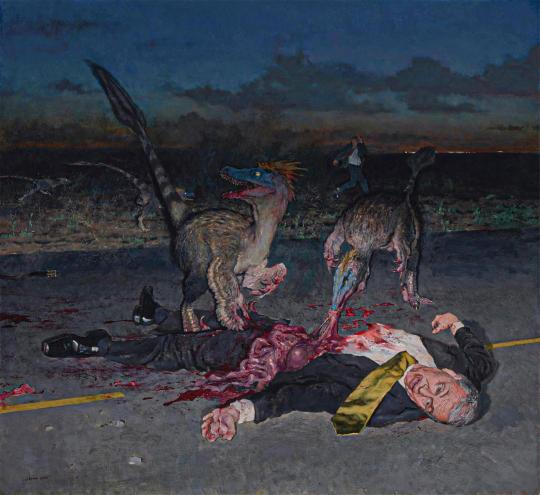
𝔇𝔦𝔫𝔬𝔰𝔞𝔲𝔯𝔰 𝔈𝔞𝔱𝔦𝔫𝔤 ℭ𝔈𝔒 𝔟𝔶 𝔍𝔬𝔥𝔫 𝔅𝔯𝔬𝔰𝔦𝔬
#John Brosio#Dinosaurs Eating CEO#dinosaurs#art#painting#Illustration#carnivore#death#dead#attack#g o r e#viscera#memento mori#surrealism#surreal art#artwork#devoured#eating#food#food chain
3K notes
·
View notes
Text
WHO Head Tedros Declares War on Meat and Traditional Farming to Fight ‘Climate Change’
WHO's Tedros: "Our food systems are harming the health of people and planet. Food systems contribute to over 30% of greenhouse gas emissions, and account for almost one third of the global burden of disease. Transforming food systems is therefore essential." 🤔
#pay attention#educate yourselves#educate yourself#knowledge is power#reeducate yourself#reeducate yourselves#think about it#think for yourselves#think for yourself#do your homework#do some research#do your own research#ask yourself questions#question everything#food supply#food chain#news#world news
154 notes
·
View notes
Text
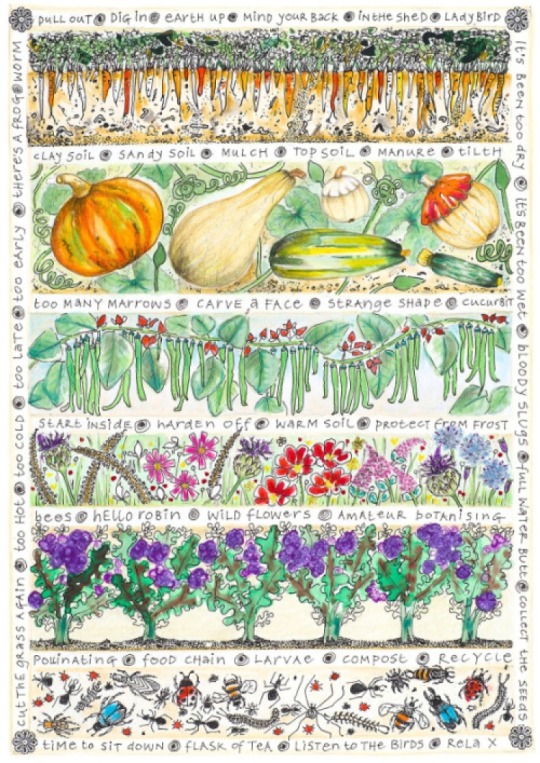
Vegetable Patch II - Fiona Willis
British , b. 1953 -
Watercolour and ink , 24.5 x 32.4 cm.
137 notes
·
View notes
Text
Korean Manhwa Men (of modern setting genre) I'm Currently Addicted To...
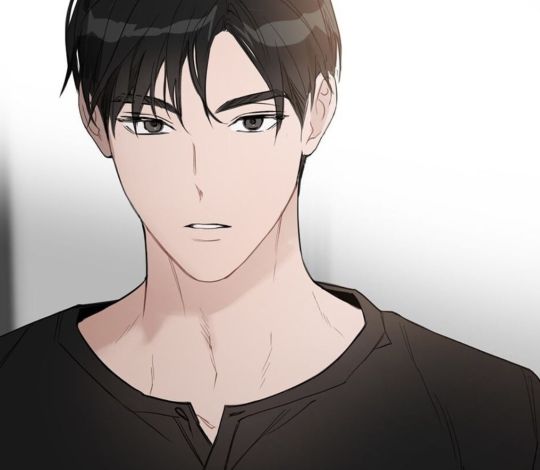

Doo-joon Kang from Positively Yours
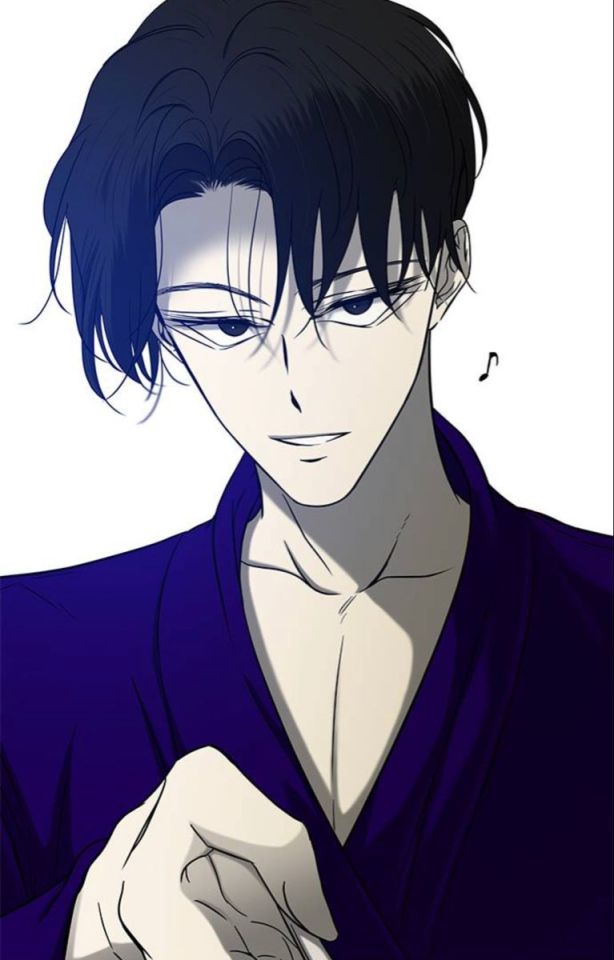
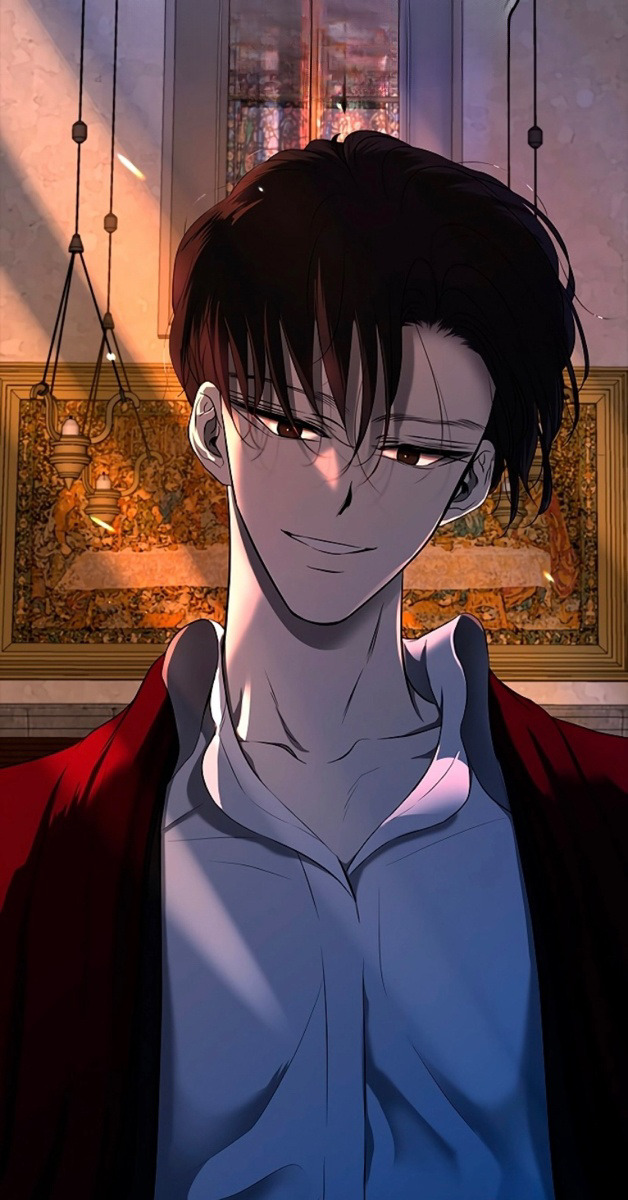
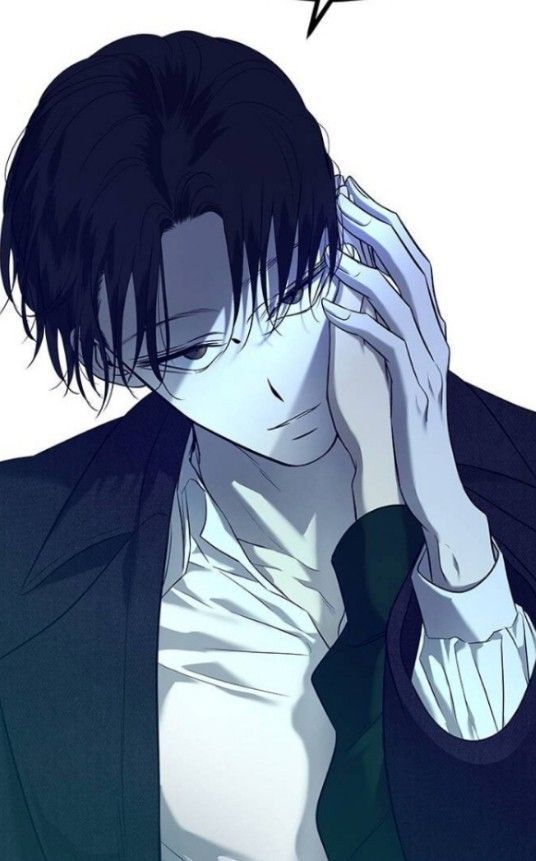
Park Yoonsoo from Olgami
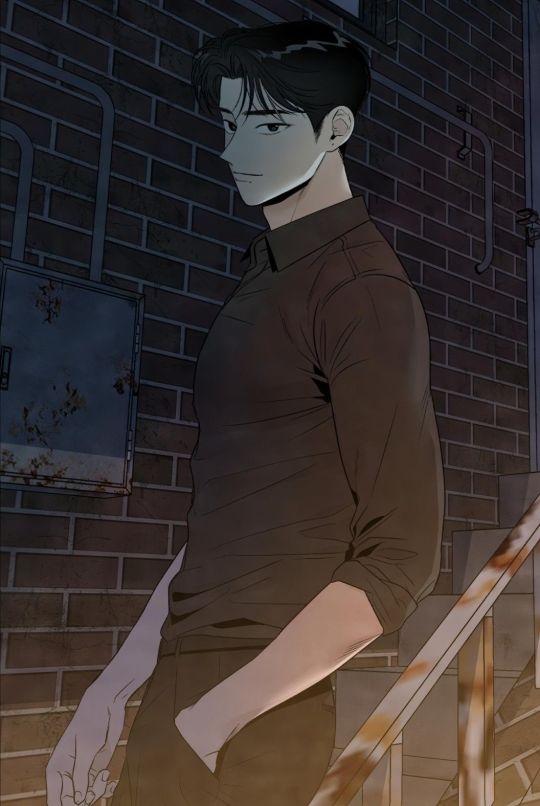
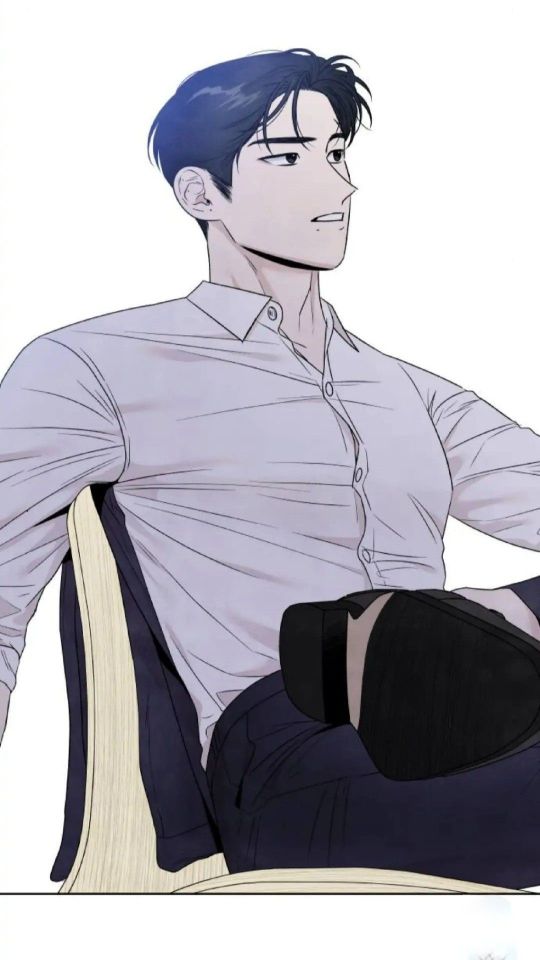
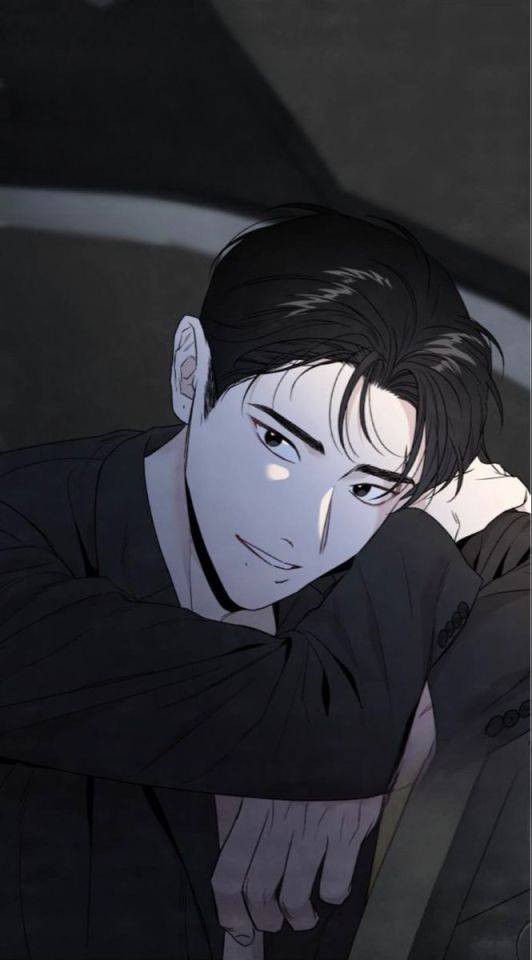
Cha Gyeol from The Reason I Decided To Die
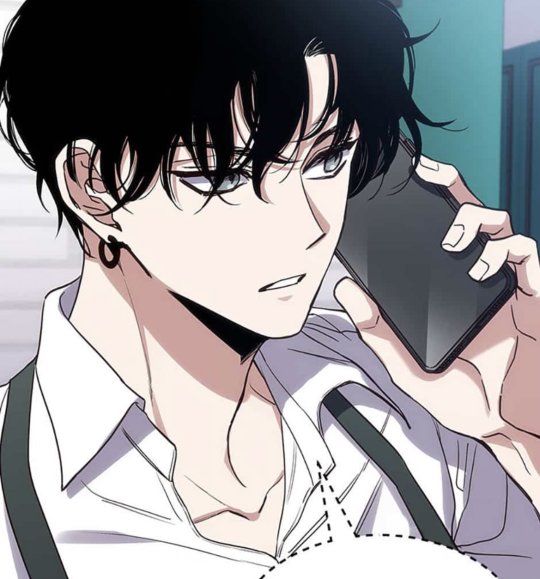
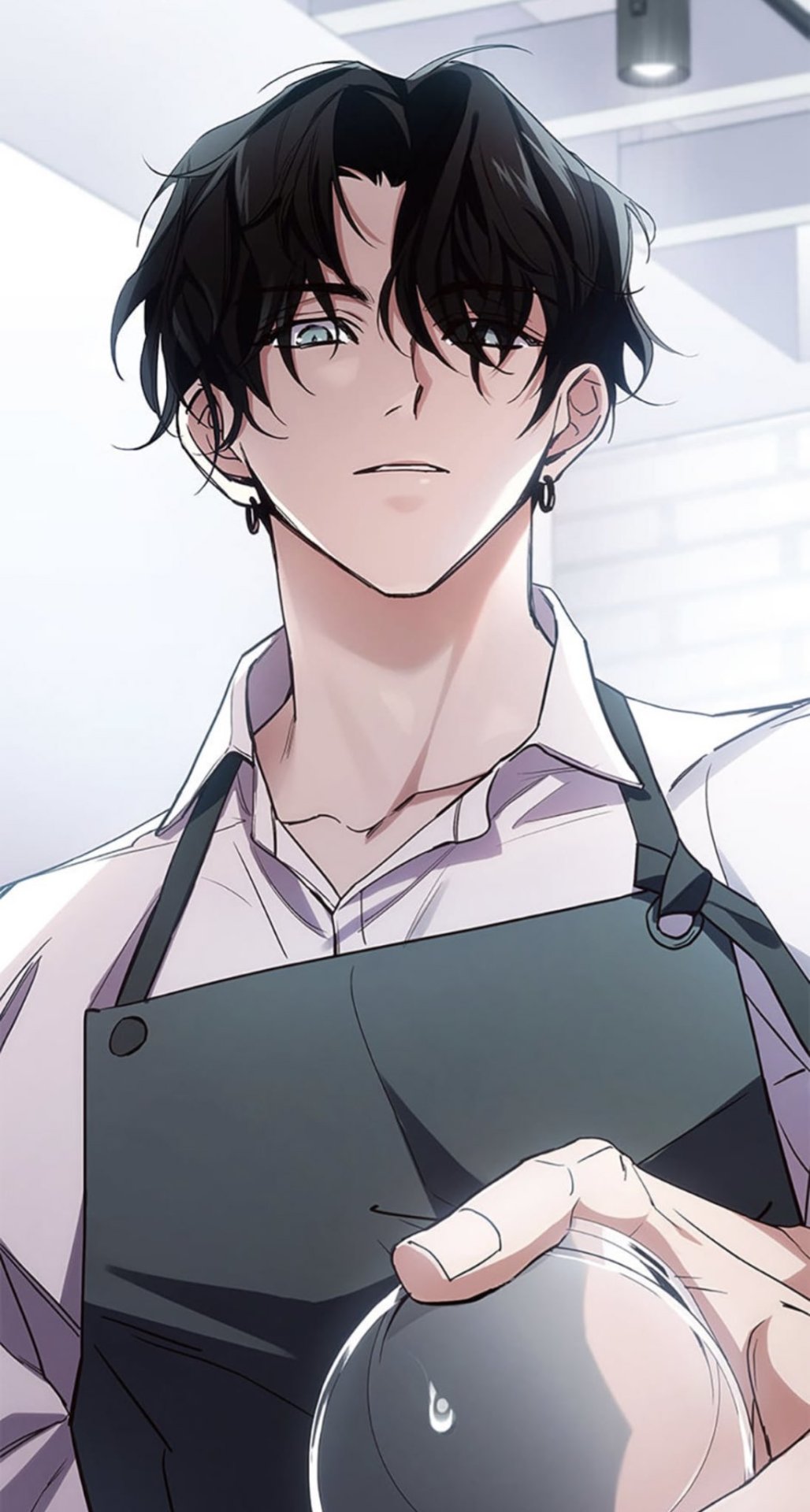
Choi Chan from Psychometer Fragmented Memories
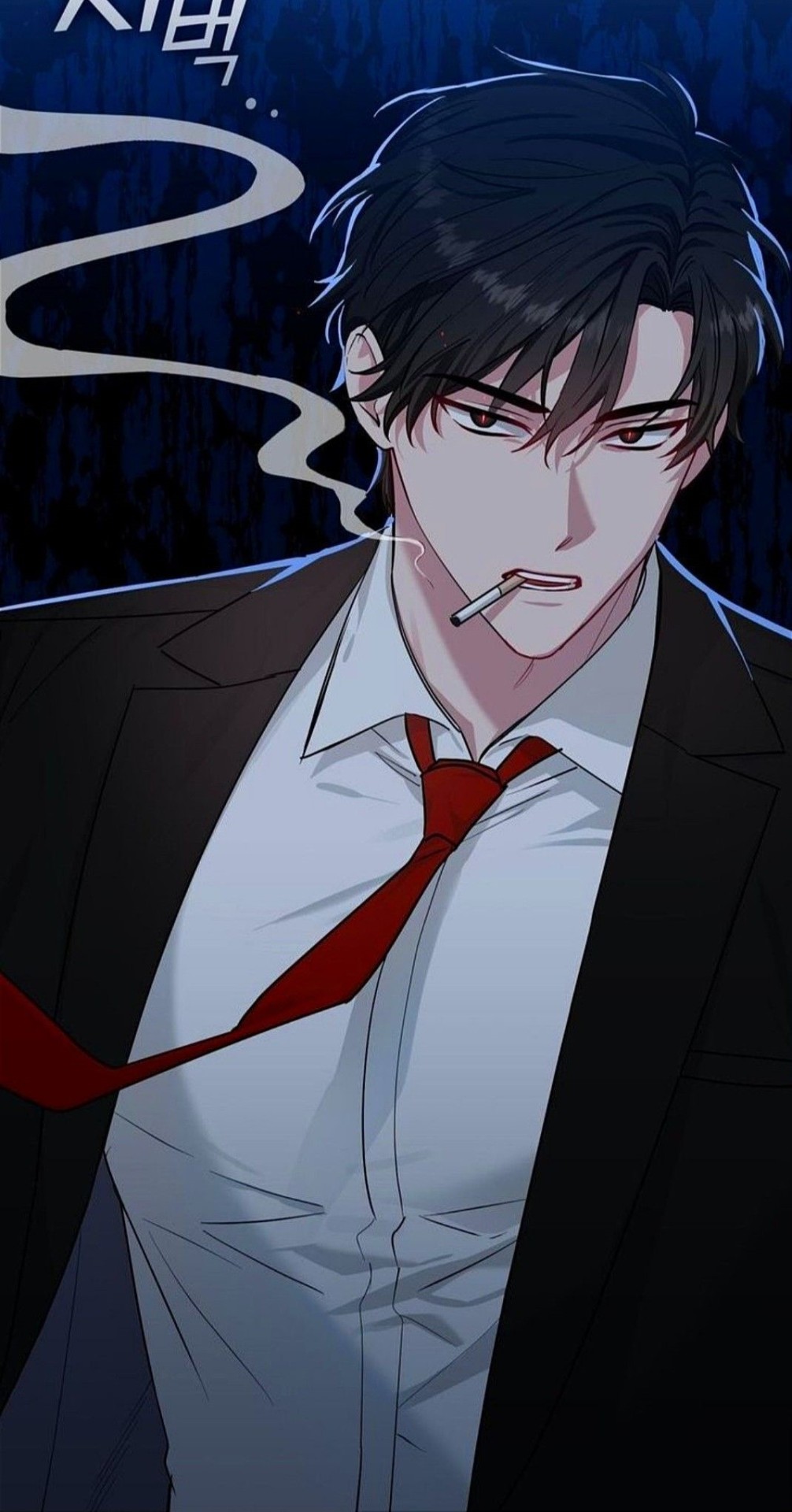

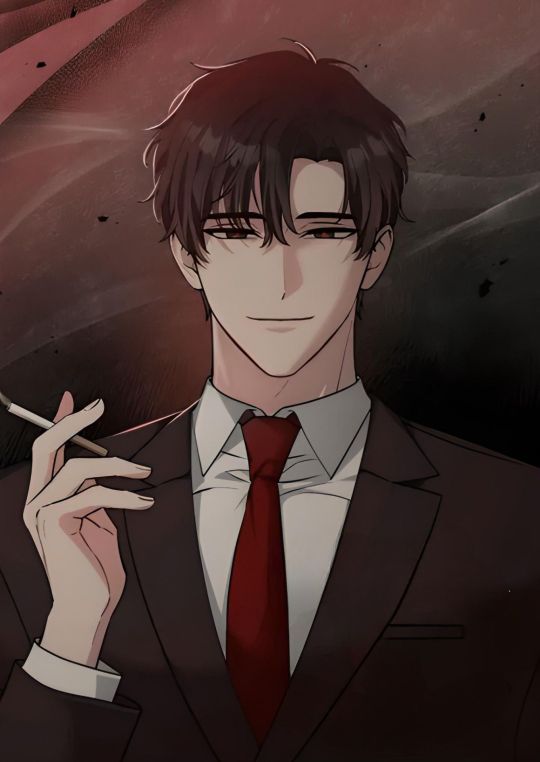
Taegyung Seo from Fly Me To The Moon


Lee Dohoon from Food Chain


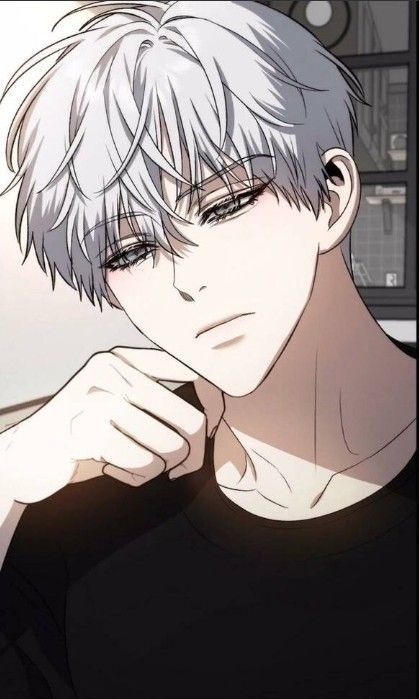
Baek Siyoon from Free In Dreams
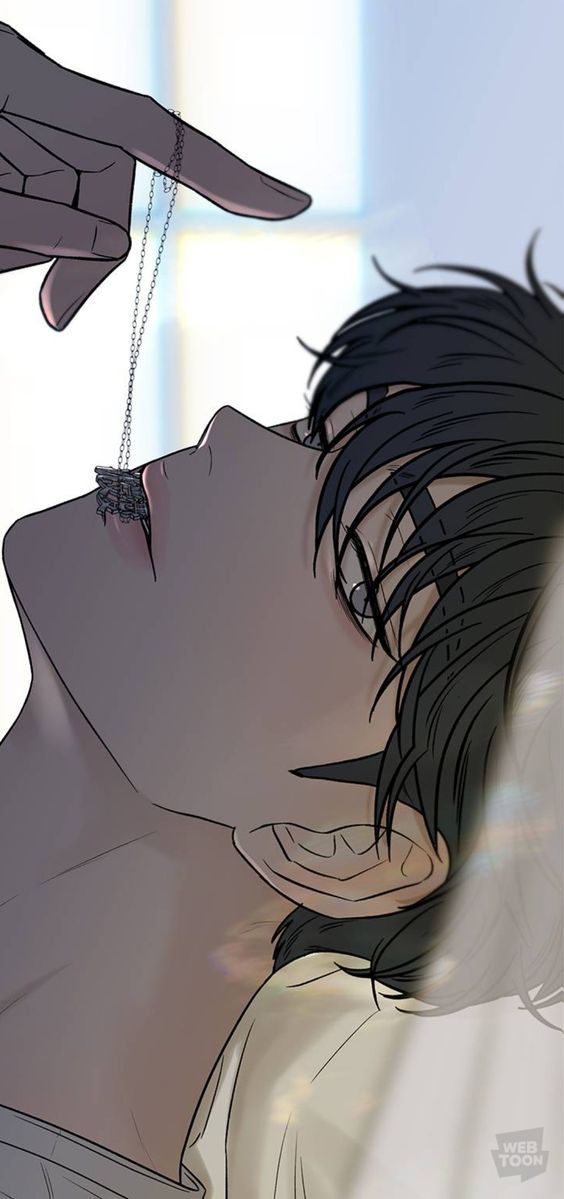

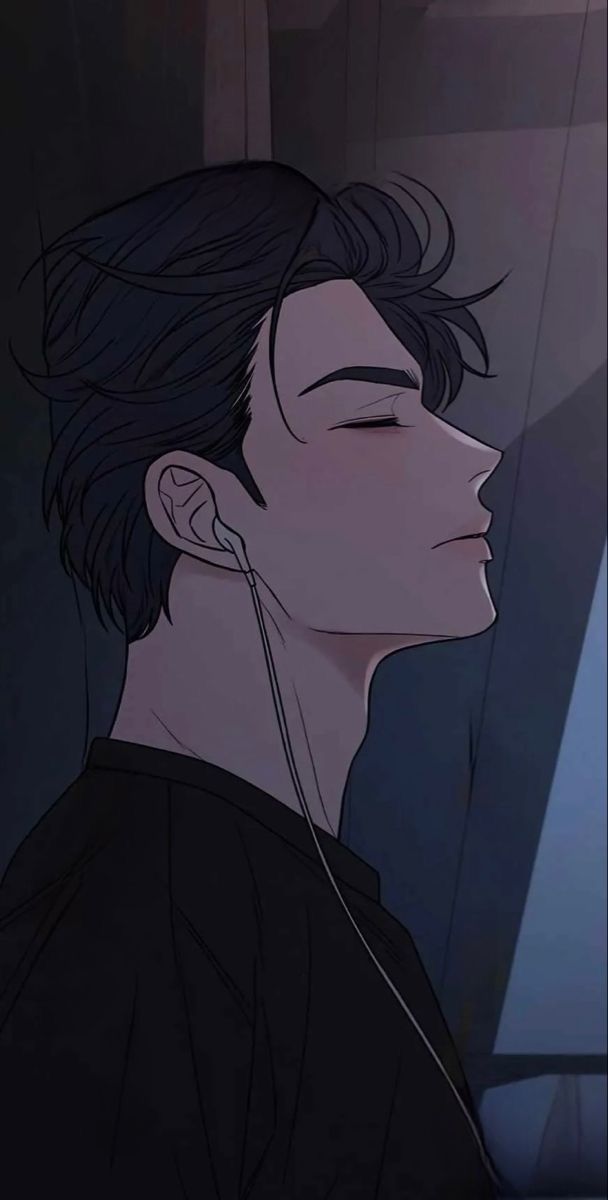
Go Eun-Hyuk from Operation Name Pure Love
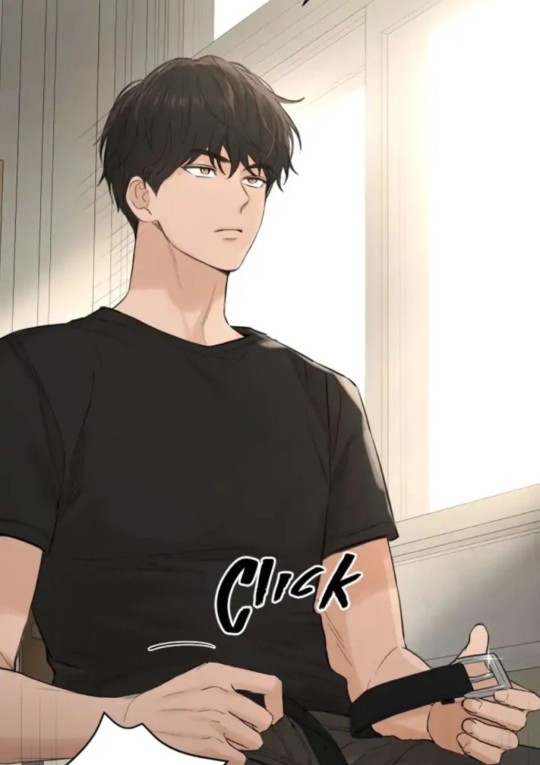
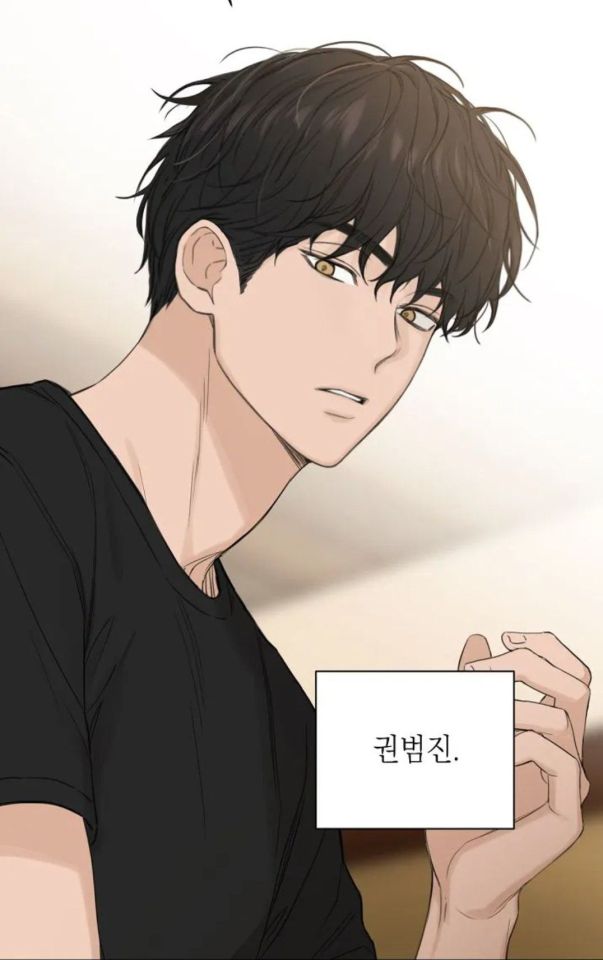
Kwon Beomjin from Just Twilight

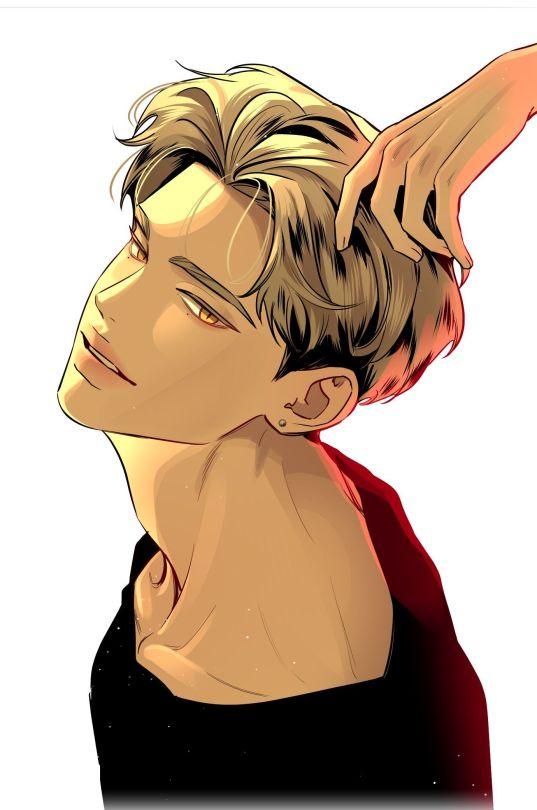
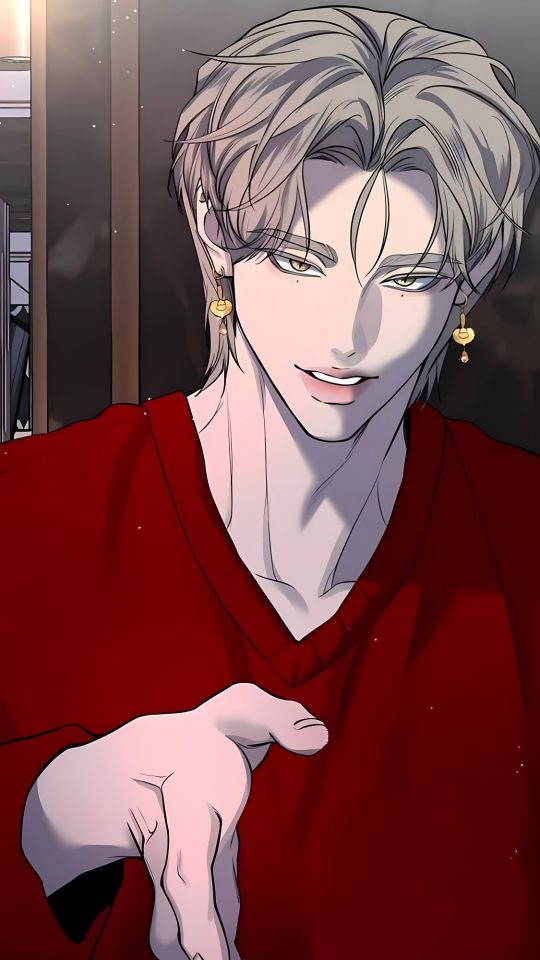
Baek Shiho from Extroversion Of An Immortal


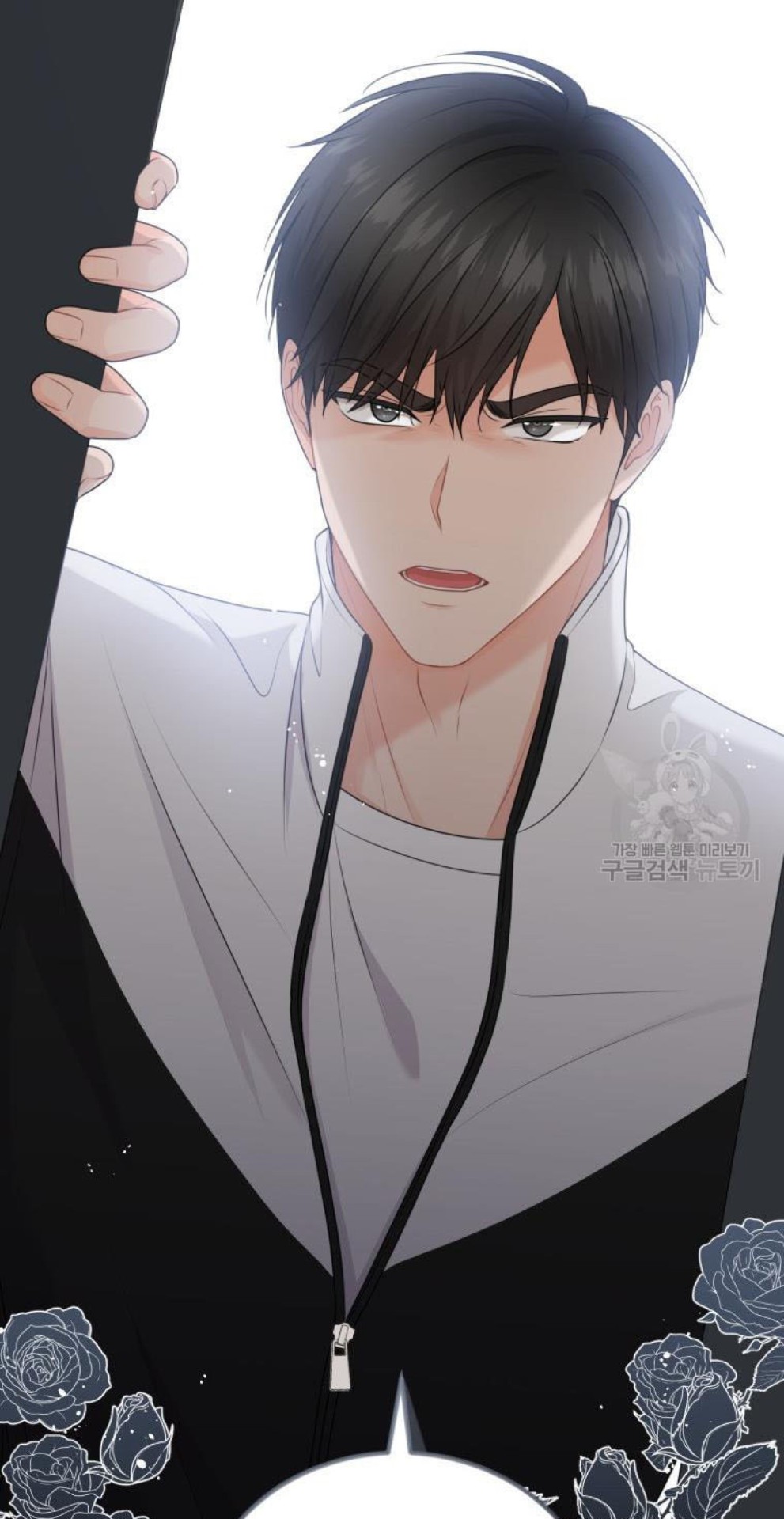
(From left to right)
Ryu Kang Hyun from Divorce Is Easy, But Love Is Hard
Cha Yiheon from Love Class
Ki Yoon-Gi from Please Teach Me, Senior
Just now I noticed something... I certainly have a thing for black-haired male leads lmao!!! 😭😭😭💕💕💕
(My taste in men is quite problematic since half of them here are red flags, but don't worry as red is one of my favorite colors 🚩🤩😘😅)
#manhwa#korean manhwa#romance manhwa#manga#anime#positively yours#olgami#extroversion of an immortal#divorce is easy but love is hard#love class#please teach me senior#operation name pure love#operation name true love#free in dreams#dreaming freedom#fly me to the moon#the reason i wanted to die#the reason i decided to die#my reason to die#food chain#psychometer fragmented memories#baek shiho#baek siyoon#cha gyeol#park yoonsoo#kang doo-joon#go eun-hyuk#taegyung seo#choi chan#just twilight
237 notes
·
View notes
Text

#adventure time#magic man#gif#food chain#mati watches at#making this gif felt like i was fighting for my life
113 notes
·
View notes
Text
sorry 4 the only time i post art beinf caterpillar finn


#adventure time#finn the human#finn mertens#i dunno#my art#food chain#adventure time food chain#adventure time fanart#at fanart#atimers
59 notes
·
View notes
Text

Seward, Alaska - Sea otter snacking on a starfish
(So cute, though I don't think the starfish would agree)
~Amy Bragg Photography~
#otter#sea animals#sea mammal#cutest animals#starfish#snacks#snacking otter#Alaska#Amy Bragg Photography#hungry?#wildlife#wild animals#<3#aww#sashimi?#seafood#food chain#wildlife photography
51 notes
·
View notes
Text

#tumblr memes#meme#memes#nature#naturecore#nature meme#humor#humour#dank humor#dank memes#dankest memes#shitpost#best memes#memesdaily#animal memes#animal humor#food chain#food web#funny stuff#funny#funny post#funny shit#funny but true#funny memes#funny content#funny image#star trek memes
20 notes
·
View notes
Note
Would it even be possible for a Mother Grub-like creature to exist on a humanoid species scale without magic, considering the vast caloric intake it would need just to exist even without constant egg-laying? Speaking of, how fast do you think it could produce eggs? I'm trying to figure out numbers for the troll population and that's my starting point.
Woof, hmmm....
It's interesting because I have wondered some of these things myself before, wanting a place like Alternia or any other giant-animals & dragons world to be plausible, but I don't have the background to get into the actual science of it. But let's see how far I can get and then hope that someone else can fill in the gaps.
Okay, so the three major constraints we'd be working with here are: structural integrity vs gravity and square-cubed law, air intake and blood circulation vs square-cube law, and calorie intake vs food chains and square-cube law.
For those who don't know, the square-cube law is the principle that the mass/volume/weight of an object grows faster (x3) than its surface area (x2) or the measurement of its height/length/depth in one direction (x1). An ant, being much smaller than a human, needs proportionally less muscle to fight back against gravity. Its exoskeleton doesn't need to be made of a super-tough material to withstand most of the impacts it receives or to easily contain all the bodily tissues. It needs less oxygen and what oxygen it has can reach all its tissues even without a special tube system to pump it all over the place, and it can survive on a very small amount of calories. If you simply embiggened the ant to a human size it would collapse and be unable to breathe.
So let's take this one at a time: structural integrity
Our mother grub needs to be made of much stronger material than an ant is. There is precedence for this, found in other animal kingdoms. Elephants manage to move around despite their size, as did the dinosaurs before them, with huge dense bones and similarly meaty muscles. And both the scaly-footed gastropod and some rodents integrate metals into their bodies to toughen their shells and teeth respectively.
This is an alien from a different planet and evolutionary tree after all, we do not have to stick to the traits we can observe in the insect kingdom on our own planet here. Calling trolls and mothergrubs insects or insectoid is simply a shorthand for convenience and we can decide that they've convergently evolved these adaptations or whatever else we might invent to allow them to work as we wish, we just have to make the actual function make scientific sense.
So, the mother grub's exoskeleton is metal-infused, and she might have a secondary internal skeleton to hold her up as well, as a solid core to hand things on is more structurally sound and mobile than a can around it. Or perhaps a more honeycomb-like approach, with supports scattered throughout; like a building with rooms. Maybe it evolved in a kind of opposite way to how a turtle did, where it had an internal skeleton that then grew into a shell. Or perhaps it is a new structure that we do not have an equivalent for in our insects. Either way, that's the exoskeleton out of the way.
As for muscles, while I think it's possible for them to have evolved them to the point that they can have the typical thin limbs of an insect, since we can see that mechanical devices can operate under such contraints, I think it's likely that that the limbs in general and the weightbearing and locomoting legs especially are significantly chunkier than we would see on an ant.
I will say however, that it is entirely possible that the mother grub in particular is not especially expected to move around by herself, and typically relies on drones and jadebloods to do much of anything. Pretty sure that’s how termites do. Perhaps Kanaya's virgin mother grub is also smaller than she is depicted; though the opposite could be true and most mother grubs do not regularly attain such sizes and either the lusus fluke or her being unmated contribute to her being as large as she is. We simply do not see any other mother grubs, though the implication that the skull on Terezi's scale is from one would suggest that the inverse is true and mother grubs can be enormous indeed. Either way, she probably doesn’t fly unless she’s much lighter than she looks and maybe filled with helium. Perhaps the wings are decorative? Or maybe they function as part of a heat-dissipation system or even for oxygen exchange themselves?
In any case, onto the next issue: air and blood circulation
As you probably already know, insects have a much different respiratory system to vertebrates. Instead of a central hole or three to breathe from and a sac to breathe into, where it dissolves into the blood and then a bunch of tubes all around the body to take the blood to the tissues, they tend to have what are called "spiracles," a bunch of little holes in their skin big enough for the air to enter and a tube to take the air to the tissues directly. The problem with this on a large scale is 1: less surface area:volume means you have less space for spiracles, 2: more volume:size means it's harder to get the oxygen to all the tissues you've got packed in there. Letting the oxygen essentially just passively absorb just isn't very efficient.
In past eons some invertebrates have gotten around this to get much larger than they are today by the simple expedient of there being significantly more oxygen in the air than there is these days. We can also get a heck of a lot more leeway by updating our mother grubs to have a heart and blood and veins and such. Something more complex than the simple book lung that spiders and such have. For reference, while the largest terrestrial invertebrate that ever lived was a 110lb millipede we think that the blue whale is pretty much the largest an animal can get with a mammalian circulatory system before the heart just can't pump the blood through the body fast enough, and it comes in at 199 tons (two-hearted whale when).
So pump up the oxygen level (not too high or there's fire explosionsm especially under the alternial sun), and maybe decrease the gravity on the planet and things can grow pretty big. Maybe you could even switch out oxygen and carbon as the main elements we're looking at here and get a boost that way too. I’m not big on chemistry or how things work, so maybe oxygen and carbon are the only things that’ll work here, but for instance the atmosphere on earth is 78% nitrogen and only 21% oxygen and humans don’t even do anything with the nitrogen, so even assuming that humans have to breathe the same air as exists on alternia (not a safe bet, as each species would have some wiggle room in terms of air composition and all humans were godtiered and capable of surviving in the vacuum of space [or at least the medium] by the time they were face-to-face with the trolls, and Earth C is both dubiously canon and potentially contains species that are not quite the same as those on either earth or alternia) you’ve got plenty of space to fill with some alternate gas in there.
So we’ve got a metal-plated, well-muscled mother grub who maybe doesn’t move around so much and has anatamy containing lungs, pumped blood, and veins. Maybe she’s got spiracles still and they work like our own airways or maybe she’s got a big honker of a nose like humans do, but either way we’re cooking with fire here. We’ve made the planet lighter and changed the O2 content and maybe we’re working with a silico-hydrate base for all our flesh-building purposes and thicken up the air so it’s soupy and bouyant. Heck, maybe we shrink everything we see over on alternia and the trolls themselves a bit, and they’re only depicted as of equal size as humans for story reasons or maybe everything gets resized to a default setting once it enters the medium for convenience’s sake. Whatever, it’s not important cause now comes the problem that I keep running into headlong each time I try to tackle an alternia-like ecosphere. The food web.
Cause, see, the mother grub by her self and trolls as a whole, they’re not a problem. (Well, not until they start taking all those nutrients to space)
The problem is this: Lookit how many giant predators and hyper-predators there are. Lookit this dragon. That is canonically a newborn. She can fly and breathe fire. Lookit this horrorterror. She canonically eats a ton of land and surface dwelling meats and isn’t just subsisting off of chemical vents or something.
All that mass, the energy to go flying off into the sky with extra to (literally) burn? That’s gotta come from somewhere. And on the one hand, we have maybe a partial answer: the sun. Specifically, that it is implied to be extremely hot and strong and maybe close. Not explicit, since Trolls could be unusual in their being nocturnal and even looking at our sun for long will blind a person, but the implications are there and we can run with them to a big, hot, super energy source ripe for the taking. The problem with that is that energy typically doesn’t flow down the food chain very far. We like to think of the food web as being a self-sustaining perpetual motion machine, but that’s just not true. So much energy is lost at each step, often as heat. And then that heat dissipates into the atmosphere and then escapes out into the greater universe. Think about it; how many seeds does a bird have to eat to grow to its adult size, and then to sustain it every day? Then how many birds does a cat have to eat to do the same? And how many cats does a fisher eat, and how many of those does a puma need in its life? It’s a lot. It’s exponential at each step, since a creature must spend so much energy just maintining its daily life and can’t put it all on body growth. And then all of that big long chain has to be sustained on vast quantities of plant matter, who generate their own bodies from the sun. There is of course a secondary chain that “starts” with detrivores like fungus and flies, but is by necessity focused on a much smaller amount of resources than the main chain.
So we’re limited by the following:
- how much energy the sun makes
- the % of that energy that makes it to alternia
- the amount that bounces off alternia or its atmosphere before it can be harvested
- the % of that energy that photosynthesizers can harvest
- the % they can store
- the % they need to live and propegate until they are eaten
- how much the herbivore needs to grow and live and eat and reproduce
- the efficiency with which the herbivore stores the energy gain
- how much the creature that eats the herbivore needs to use
- how much ITS fat can store.
- and so on
We can mess with any and potentially all of the steps in the chain to increase potential length of it and allow more and more massive and widespread superpredators at the end of it. We’ve already started that by increasing the potency of the sun, but each change will have repercussions. For instance, if energy is so widely available then why bother to evolve anything more complicated than photosynthesis itself? I once heard an author say that one needs to have two levels of answers to worldbuild convincingly – to solve the first problem and then to solve the follow-up question. That after that people will be satisfied. Something about fighting nuns. Where did the nun learn to fight? In the sewers. Why was she in the sewers? To fight the crocodiles.
So: We amp up the sun. Why bother evolving herbivory? The sun is too hot and withstanding it is costly and resource-intense. Not everything can be a plant because not everything has the sun-blocking resources, and there is a niche for nocturnal herbivores who don’t have to invest in sun protection. Why carnivory? The sun-block also makes the plants tough and hard to eat and digest; eating meat is relatively quick and easy.
The same thing can be done at other steps. Maybe we make animal life on alternia more efficient: they can do all work of living without creating much waste-heat, and their versions of digestion and fat pack in more calories denser.
But again, the nitty gritty science is not my area of expertise, and these are the questions that can keep me awake at night. What kind of solutions could make the food chain more efficient? What kind of pressures would encourage long food chains, large fat stores, and giant hyper-predators? How can we engineer an environment that will predispose this planet to logically evolving dragons?
#chelonianmobile#mother grubs#mother grub#troll#trolls#bugtrolls#alternia#ecology#environment#ecosystems#environments#ecosystem#food chain#food chains#diet#science#homestuck#fandom#worldbuilding#energy#nutrition#conservation of energy#asks#comments#text#my stuff
19 notes
·
View notes
Photo
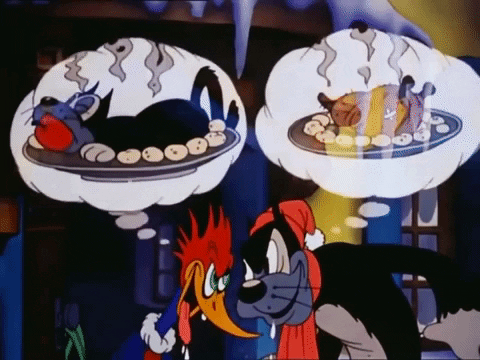
#Woody Woodpecker#Pantry Panic#gif#my edit#gifs#cartoon#classic cartoons#40's#40s#1941#vintage#food chain
153 notes
·
View notes
Text
Are you still eating Hot dog 🌭 Pork sausages? Well this 👆 is what it looks like under a microscope… 🤔
#pay attention#educate yourselves#educate yourself#knowledge is power#reeducate yourself#reeducate yourselves#think about it#think for yourselves#think for yourself#do your homework#do some research#do your own research#ask yourself questions#question everything#food poisoning#food chain
100 notes
·
View notes
Text

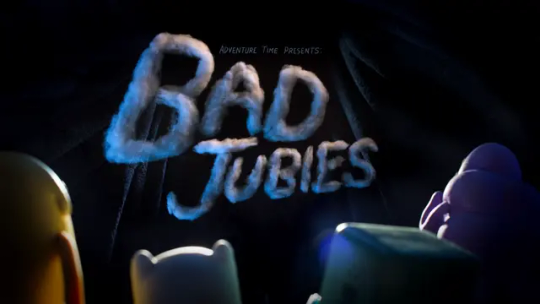
Food Chain: Magic Man forces Finn and Jake to learn about the food chain.
Bad Jubies: Finn, Jake, BMO, and Lumpy Space Princess seek shelter during a storm and struggle to work together.
8 notes
·
View notes
Text
Producers - Organisms that produce their own food
Consumers - Organisms that eat producers and/or other consumers
Decomposers - Organisms that break down dead organisms for food
18 notes
·
View notes
Text


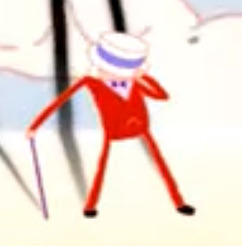
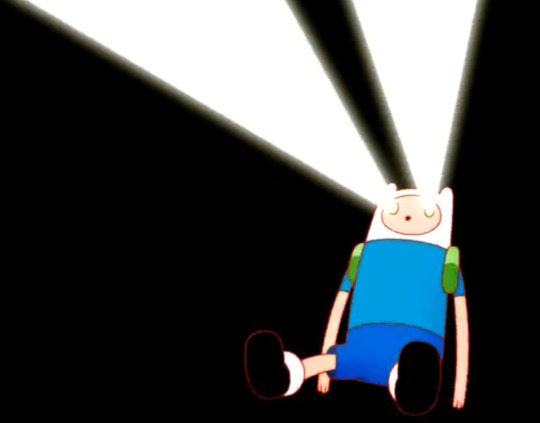



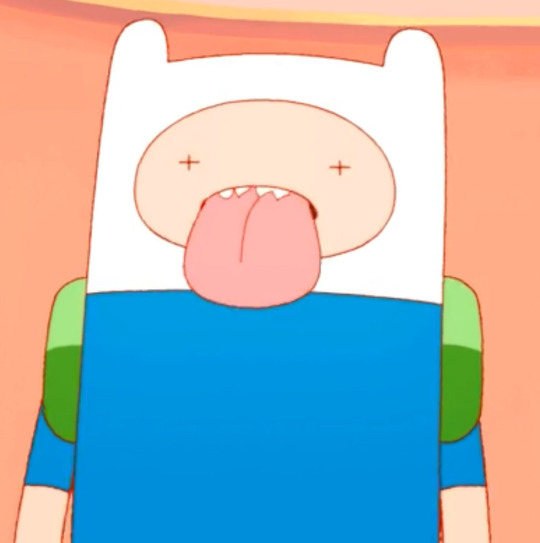
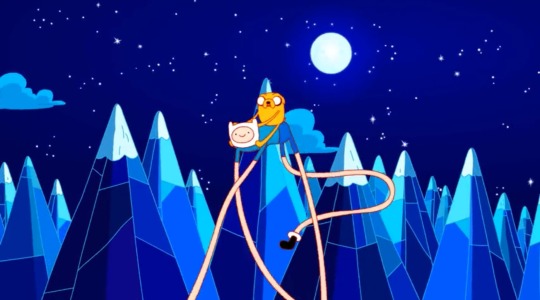

#the song at the end of this episode slaps also#adventure time#atimers#finn mertens#finn the human#season 6#food chain#also jake#‘submission’
136 notes
·
View notes
Text
We're back! Well, the podcast is, anyway! A new episode is up, talking about the history of ecology and the terms food web and food chain. Apologies for the unscheduled hiatus, it's good to be back at it!
(The wrong audio was up briefly; delete & re-download for the right one!)
#ecology#food web#food chain#medieval#classics#classical antiquity#etymology#history#language#words#linguistics#word nerd#wordnerd#history of the english language#history of english#historical linguistics#podcast#lingcomm#lingblr
6 notes
·
View notes
